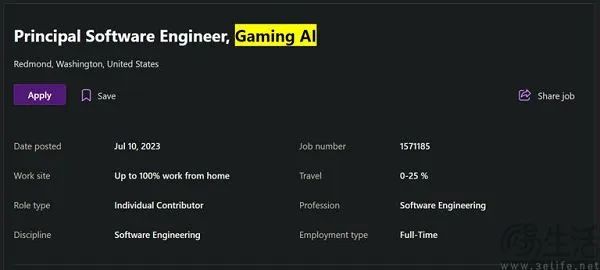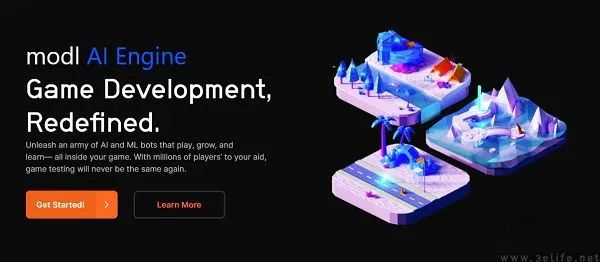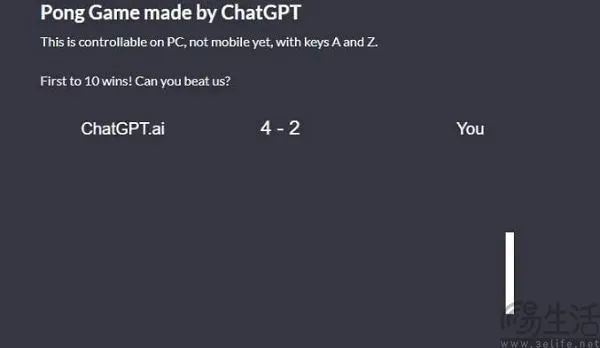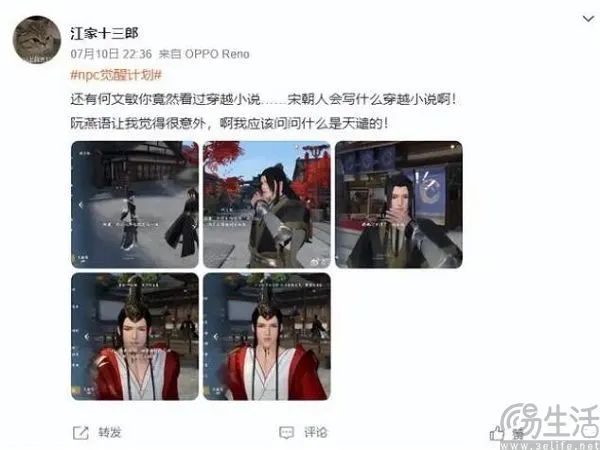Generative AI is So Appealing That Microsoft Quietly Formed an Xbox Game AI Team
-
Since the rise of ChatGPT, using generative AI to transform enterprise production has become a hot topic, especially in the gaming industry, where embracing AI has almost become a major trend. Recently, it was revealed that Microsoft has established an 'Xbox Game AI Team' to leverage generative AI for creating new experiences in Xbox games and engines, and they have already begun recruiting a Principal Software Engineer for the team.

According to Microsoft's job posting, the 'Xbox Game AI Team is seeking a Principal Software Engineer with experience in gaming and artificial intelligence to collaborate with Xbox game, engine, and platform teams, empowering them to explore and create innovative new features, tools, and services based on AI/ML.' It's clear that the role focuses on the practical application of AI technology, such as large language model (LLM) prompt engineering and model runtime implementation in games.
Before Microsoft, domestic giants like NetEase and miHoYo have already been exploring the role of generative AI in the gaming industry. For example, NetEase's mobile game Justice Online will integrate a ChatGPT-like dialogue model, allowing players to experience open-ended conversations with NPCs. Previously, the producer of miHoYo's hit game Honkai: Star Rail also mentioned that AI tools have been applied to character behavior management, 3D model optimization, NPC dialogue, and more, with the goal of creating 'intelligent NPCs with never-repeating conversations.'

In overseas markets, ChatGPT has enabled dynamic NPC responses in Mount & Blade II: Bannerlord, and Square Enix has released The Portopia Serial Murder Case, a game powered by AI. In fact, how to use generative AI to reduce game development costs was one of the hottest topics at this year's ChinaJoy.
So why are game developers so enthusiastic about applying generative AI to games? The answer lies in the technology's immense potential to revolutionize the gaming industry.
The core challenge in today's gaming industry is 'cost reduction and efficiency improvement,' as development costs have risen significantly over decades. For instance, 'Baldur's Gate 3,' which received widespread acclaim shortly after its release, took Larian Studios' 400-person team six years to develop. The increasing complexity of games—often referred to as the 'ninth art'—encompasses graphics, text, music, sound effects, motion capture, and more, driving costs higher.

One of the most expensive games ever made, 'Red Dead Redemption 2,' took Rockstar Games nearly eight years to create. It features over 1,000 NPCs, a nearly 30-square-mile world, nearly 60 hours of music composed by over 100 musicians, and over a million words of text. Reducing development costs and improving efficiency has thus become an industry-wide priority.
Compared to manual content creation, generative AI's automated pipeline capabilities stand out. A prime example is Microsoft's 'Flight Simulator,' which recreates 197 million square miles of the Earth—earning it the title of the closest 'Earth Online.' Without AI, Asobo Studio's small team could never have achieved this feat. Instead, they partnered with blackshark.ai to transform 2D satellite images into realistic 3D graphics using AI.

Even before generative AI gained popularity, AI concepts were already present in gaming. NPCs, for example, populate game worlds to assign quests, provide gear, or even engage in relationships. However, their behavior relies on pre-programmed instructions like 'behavior trees' or 'state machines,' making their realism entirely dependent on developers' design skills.
With generative AI, game developers can now mass-produce NPCs and autonomously generate their dialogue. For instance, Justice Online (Ni Shui Han) has implemented intelligent NPCs that allow seamless player interactions, even guiding players through dungeons. Overseas, Moonlander launched MoonlanderAI in early July—a 3D game development platform powered by AI that enables users to generate 3D game scenes and character animations via text prompts, with real-time preview and editing capabilities.

Another efficiency boost comes in game testing. Even under ideal conditions, quality control and testing traditionally required massive manpower—hundreds of testers and additional external players. Now, developers are creating tools like custom robot generators to automate various aspects of game testing, replacing manual labor.
Ultimately, modern game development has become both technology- and labor-intensive, driving costs ever higher. Integrating generative AI into workflows promises order-of-magnitude efficiency gains—whether shortening development cycles to boost output or reducing team sizes to cut costs. This aligns perfectly with game studios' goals for adopting generative AI.
